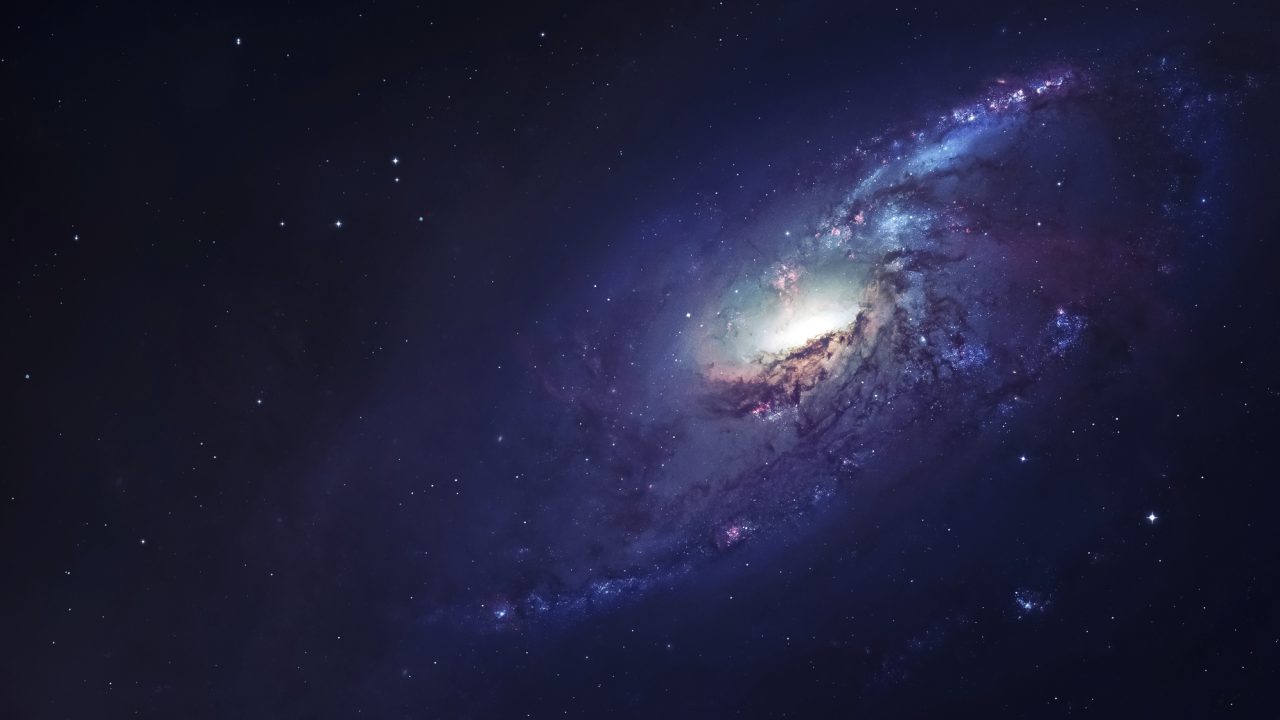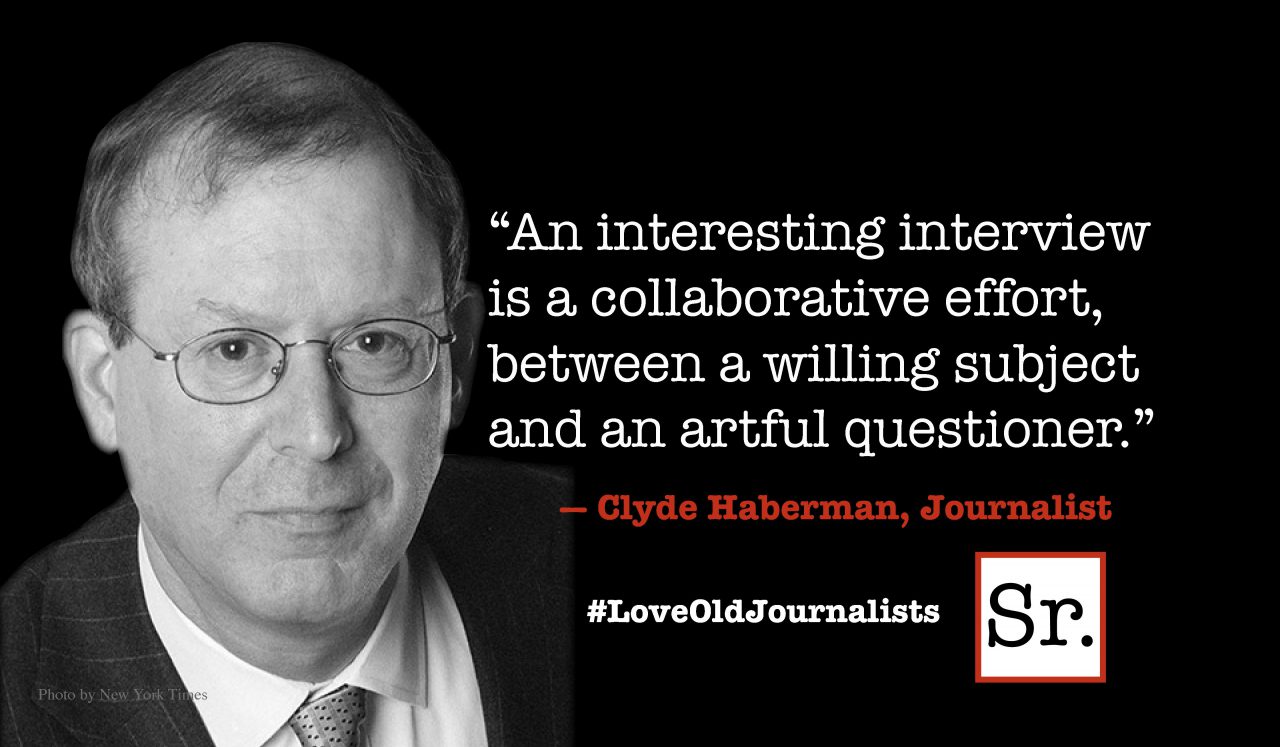Einstein, famously and disdainfully, declared quantum entanglement to be "spooky action at a distance,” and refused to accept the idea throughout his life. It is easy to understand his discomfort. Basically “entanglement" asserts that two entangled particles will demonstrate instantaneous reactions when only one of the pair is stimulated. Not a huge conceptual problem if the particles happen to live close to one another. But entanglement further asserts that distance is irrelevant, that entangled particles can be light years apart and will still demonstrate these instantaneous and simultaneous reactions when either one of the particles is stimulated.
Suddenly, some fundamental beliefs about the nature of the universe get trashed like the leftovers at a demolition derby. Primary among the wrecks is the idea that nothing can exceed the speed of light. Yet, if two particles separated by light years can react simultaneously and instantaneously to a stimulus applied to only one particle, some type of information passed between the particles at a speed that makes the old speed of light seem positively pedestrian.
I suppose that should surprise us, but then again we need to remember that some 94 percent of the universe remains invisible to us. Hence, our ideas of “normal” come from often fuzzy observations of the five to six percent of “reality” that we can see. So the idea that such linked, instantaneous communication might be commonplace in the wider “dark” universe becomes plausible and intriguing, to say the least. Among the related questions that occur to me are:
Is there a particle that is the enactor of entanglement? A “tangletron?" Or is there a field consisting of some kind of tangling bosons that enables instantaneous communication throughout the universe? And if it is there, why is it there and what manner of communication does it enable? And then the one that most fascinates me: Do we already participate in entangled experiences without realizing the mechanism?
Consider this:
It is not uncommon for partners in the first bloom of a romantic relationship to assert that they were lovers in a former life, that they are soulmates, etc., etc. While such declarations may well crash and burn in the long run, there is no denying the power of the initial attraction, nor the mysterious power that sustains some relationships for a lifetime. Listen to any love song, read Shakespeare’s Sonnet 116 – the “love is not love” one. We are seemingly in love with love. Underlying Distilled Harmony [www.distilledharmony.com] is the idea that harmony is the natural state of existence, and that there is a universal harmony, "The God Chord,” – that I discussed in my book by the same name. There is a universal chord, a transcendent state to which we can all aspire and eventually obtain. Perhaps romantic love is among the most common human manifestations of an entangled interaction with the God Chord. Being able to somehow sense the location or presence of the other, being able to predict the behavior of the other, finishing each other’s sentences. Might these not be evidence of entangled interactions?
And, to return briefly to the recent posts on expressionist memory, it seems to me quite feasible that the palette of expressionist memories is drawn from various entangled interactions – from those strong notes in our own chord that are entangled with the notes of universal harmony. Which also addresses the expressionist memory notion of discarding the negative components of memories while retaining and nurturing the harmonic portions of the same experiences. We retain harmony, we discard discord.
I am further inclined to consider that this “spooky action at a distance” touches all experience, not only human interactions. Art, music, nature, science, philosophy, physical activity – all these fields have language that points to these indescribable moments of perceived harmony. In the zone. In the groove. Feeling it. And, yes, transcendent. We arrive somewhere we have never been before and feel “at home.” We listen to a piece of music and lose touch with our immediate surroundings, returning only when the music stops and we find ourselves deposited back in a more mundane “reality.” Standing before a painting we are transported to the world within the frame.
There are certainly more prosaic explanations for these phenomena. More pragmatic explanations drawn from our direct experiences in that small portion of the universe we can most easily observe. I would suggest, however, allowing ourselves to consider that entangled experience may be the universal norm beyond our little bubble of light, and that that norm – entanglement – moves easily, if invisibly, around and through us, weaving wonderful ties to the rest of existence.
We need to leave ourselves open to these entanglements – with individuals, with art, with science, with music and with nature; for it is through these entanglements that we blend the notes of our own chord with the notes of The God Chord.









